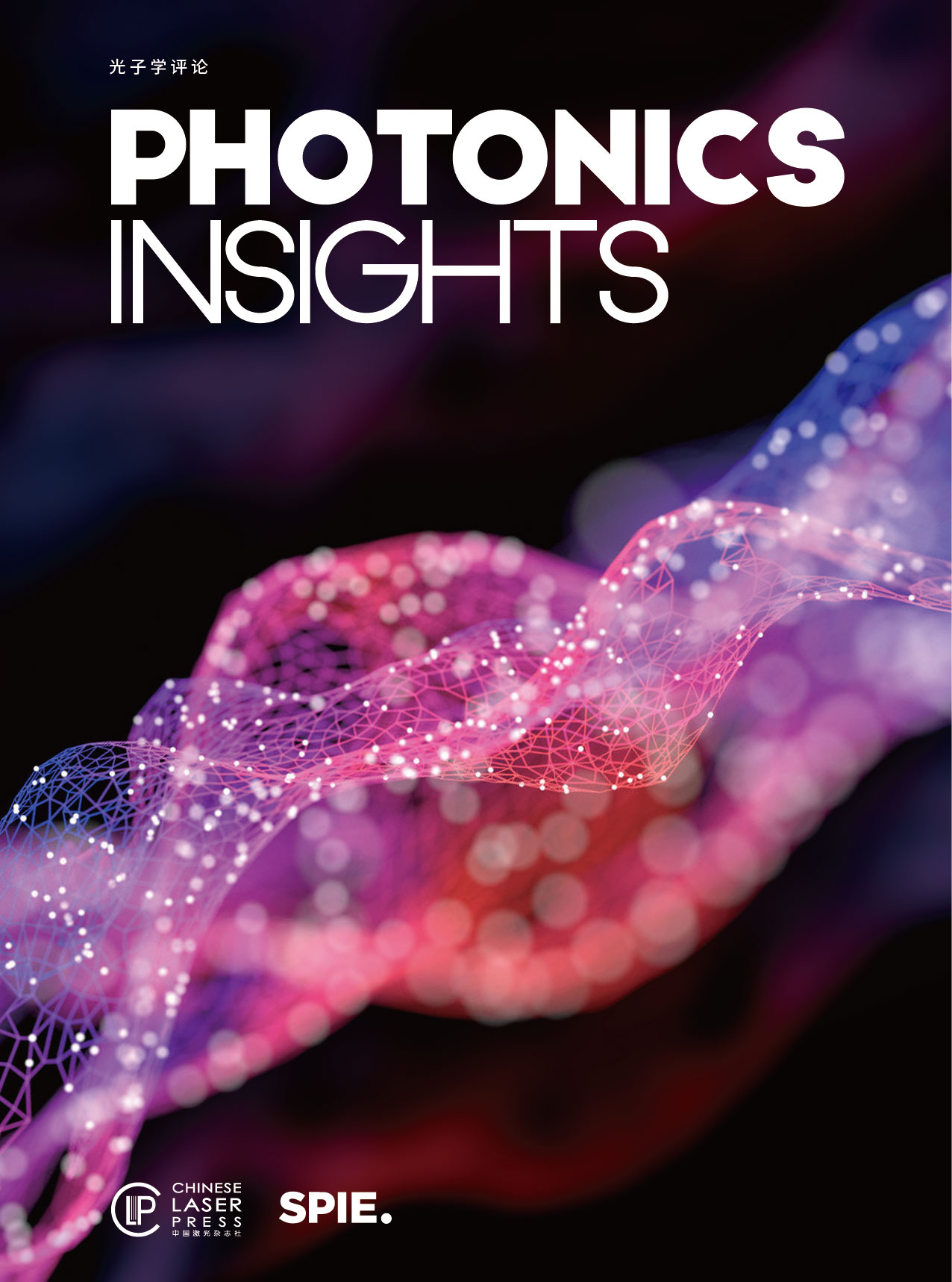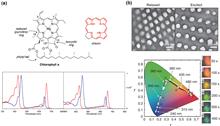 View fulltext
View fulltext
Specifically designed nanostructures can achieve resonant responses to different wavelengths of visible light, resulting in brilliant structural colorations. The metasurface structural color array composed of different nano-pixels can achieve unprecedented color display effect. When white light is incident on the metasurface, different nanostructures can reflect vivid rainbow colors. By virtue of its high integration, high resolution, low energy consumption and other advantages, metasurface structural color will strongly promote the development of next-generation microdisplays.
Structural coloration generates colors by the interaction between incident light and micro- or nano-scale structures. It has received tremendous interest for decades, due to advantages including robustness against bleaching and environmentally friendly properties (compared with conventional pigments and dyes). As a versatile coloration strategy, the tuning of structural colors based on micro- and nanoscale photonic structures has been extensively explored and can enable a broad range of applications including displays, anti-counterfeiting, and coating. However, scholarly research on structural colors has had limited impact on commercial products because of their disadvantages in cost, scalability, and fabrication. In this review, we analyze the key challenges and opportunities in the development of structural colors. We first summarize the fundamental mechanisms and design strategies for structural colors while reviewing the recent progress in realizing dynamic structural coloration. The promising potential applications including optical information processing and displays are also discussed while elucidating the most prominent challenges that prevent them from translating into technologies on the market. Finally, we address the new opportunities that are underexplored by the structural coloration community but can be achieved through multidisciplinary research within the emerging research areas.
Metasurfaces, composed of two-dimensional nanostructures, exhibit remarkable capabilities in shaping wavefronts, encompassing phase, amplitude, and polarization. This unique proficiency heralds a transformative paradigm shift in the domain of next-generation optics and photonics, culminating in the development of flat and ultrathin optical devices. Particularly noteworthy is the all-dielectric-based metasurface, leveraging materials such as titanium dioxide, silicon, gallium arsenide, and silicon nitride, which finds extensive application in the design and implementation of high-performance optical devices, owing to its notable advantages, including a high refractive index, low ohmic loss, and cost-effectiveness. Furthermore, the remarkable growth in nanofabrication technologies allows for the exploration of new methods in metasurface fabrication, especially through wafer-scale nanofabrication technologies, thereby facilitating the realization of commercial applications for metasurfaces. This review provides a comprehensive overview of the latest advancements in state-of-the-art fabrication technologies in dielectric metasurface areas. These technologies, including standard nanolithography [e.g., electron beam lithography (EBL) and focused ion beam (FIB) lithography], advanced nanolithography (e.g., grayscale and scanning probe lithography), and large-scale nanolithography [e.g., nanoimprint and deep ultraviolet (DUV) lithography], are utilized to fabricate high-resolution, high-aspect-ratio, flexible, multilayer, slanted, and wafer-scale all-dielectric metasurfaces with intricate nanostructures. Ultimately, we conclude with a perspective on current cutting-edge nanofabrication technologies.














